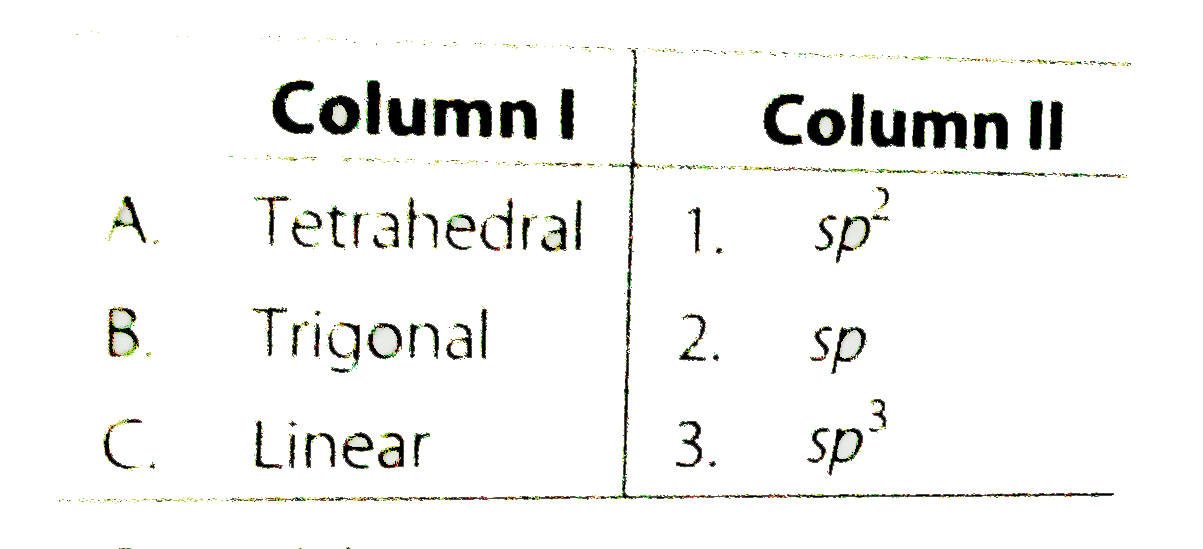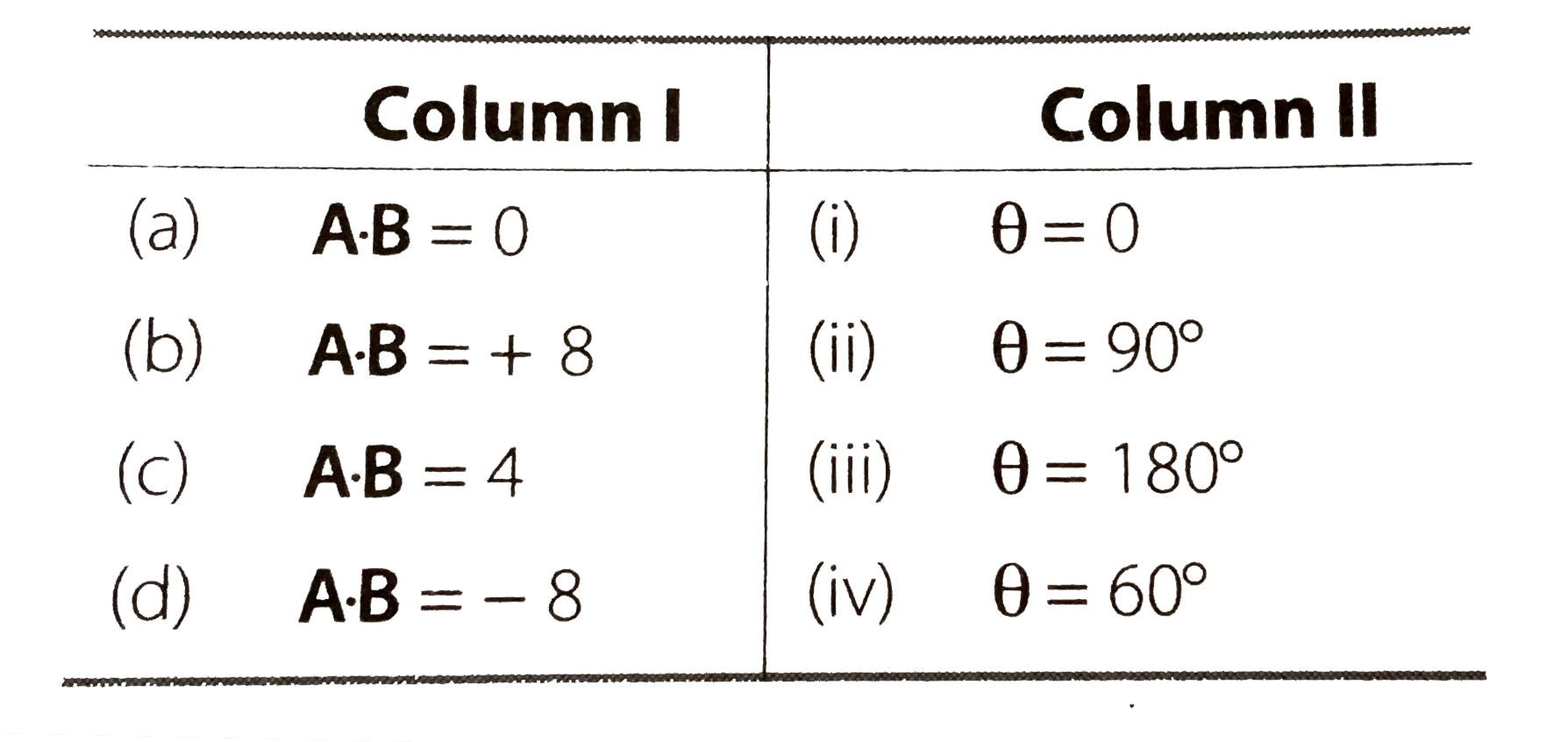Match the elements given in Column I with the properties mentioned in Column II.
ColumnIColumnIIA.Li1.Insoluble sulphateB.Na2.Strongest monoacidic baseC.Ca3.Most negativeEΘvalue among alkali metalsD.Ba4.Insoluble oxalate5.6s2outer electronic configuration
The correct Answer is:A. →(3) B. →(2) C. →(4) D. →(5)
A. Li−Most negative E− among alkali metals [Due to very high hydration energy the resulting EΘ is most negative]
B. Na-Strongest monoacidic base [Alkalies are more acidic than alkaline earth metals. LiOh has covalent character].
C-Ca insoluble oxalate [Calcium oxalate is insoluble in water]
D. Ba-Insoluble sulphate [Hydration energy decreases as size of cation increases].
6s2 outer electronic configuration. .56Ba=1s2,2s2,2p6,3s2,3p6,3d10,4s2,4p6,4d10,5s2,5p6,6s2]
Topper's Solved these Questions
- THE S-BLOCK ELEMENTS BOOK - NCERT EXEMPLARCHAPTER - THE S-BLOCK ELEMENTS EXERCISE - Assertion and Reason
2 Videos
- THE S-BLOCK ELEMENTS BOOK - NCERT EXEMPLARCHAPTER - THE S-BLOCK ELEMENTS EXERCISE - Long Answer Type Questions
8 Videos
- THE S-BLOCK ELEMENTS BOOK - NCERT EXEMPLARCHAPTER - THE S-BLOCK ELEMENTS EXERCISE - Short Answer Type Questions
11 Videos
- THE P-BLOCK ELEMENTSBOOK - NCERT EXEMPLARCHAPTER - THE P-BLOCK ELEMENTSEXERCISE - Long Answer
10 Videos
- THERMODYNAMICSBOOK - NCERT EXEMPLARCHAPTER - THERMODYNAMICSEXERCISE - Multiple choice questions
62 Videos
Similar Questions
Match the elements given in Column I with the properties mentioned in Column II.
ColumnIColumnIIA.Li1.Insoluble sulphateB.Na2.Strongest monoacidic baseC.Ca3.Most negativeEΘvalue among alkali metalsD.Ba4.Insoluble oxalate5.6s2outer electronic configuration
View SolutionMatch the elements given in Column I with the colour they impart to the flame given in Column II.
ColumnIColumnIIA.Cs1.Apple greenB.Na2.VioletC.K3.Brick redD.Ca4.YellowE.Sr5.Crimson redF.Ba6.Blue
View Solution
Knowledge Check
Match the elements given in column (I) with the most appropriat expected values given in column II
Column IColumn IIElementElectronegative valuesA.F(p)3.5B.O(q)3.0C.N(r)4.0D.C(s)2.5AA(r ), B(p),C(q),D(s)BA(s),B(q),C(r ),D(p)CA(p),B(q),C(r ),D(s)DA(r ),B(q), C(p),D(s)Match the entries listed in column I with appropriate properties listed in Column II
Column IColumn II(A)He(i)High electron affinity(B)Cl(ii)Most electropositive element(C)Ca(iii)Strongest reducing agent(D)Li(iv)Highest ionization energy
The correct match of contents in Column I with those in Column IIAA−iiiB−iC−iiD−ivBA−ivB−iiiC−iiD−iCA−iiB−ivC−iD−iiiDA−ivB−iC−iiD−iii
Match the shape of molecules in Column I with the type of hybridisation in Column II.

View SolutionMatch the types of colloidal systems given in Column I with the name given in Column II.
Column IColumn IIA.Solid in liquid1.FoamB.Liquid in solid 2.SolC.Liquid in liquid 3.GelD.Gas in liquid4.Emulsion
View SolutionIf |A|=2 and |B| = 4, then match the relation in Column I with the angle θ between A and B in Column II.

View SolutionMatch the items given in Column I with examples given in Column II.

View SolutionMatch the species in Column I with the bond order in Column II
Column I Column II (i)NO (a)1.5(ii)CO (b)2.0(iii)O−2 (c)2.5(iv)O2 (d)3.0
View SolutionMatch the items given in Column 1 with examples give in Column II.
Column IColumn II(a)Hydrogen bond(i)C(b)Resonance(ii)LiF(c)Ionic solid(iii)H2(d)Covalent solid(iv)HF(v)O3
View Solution
